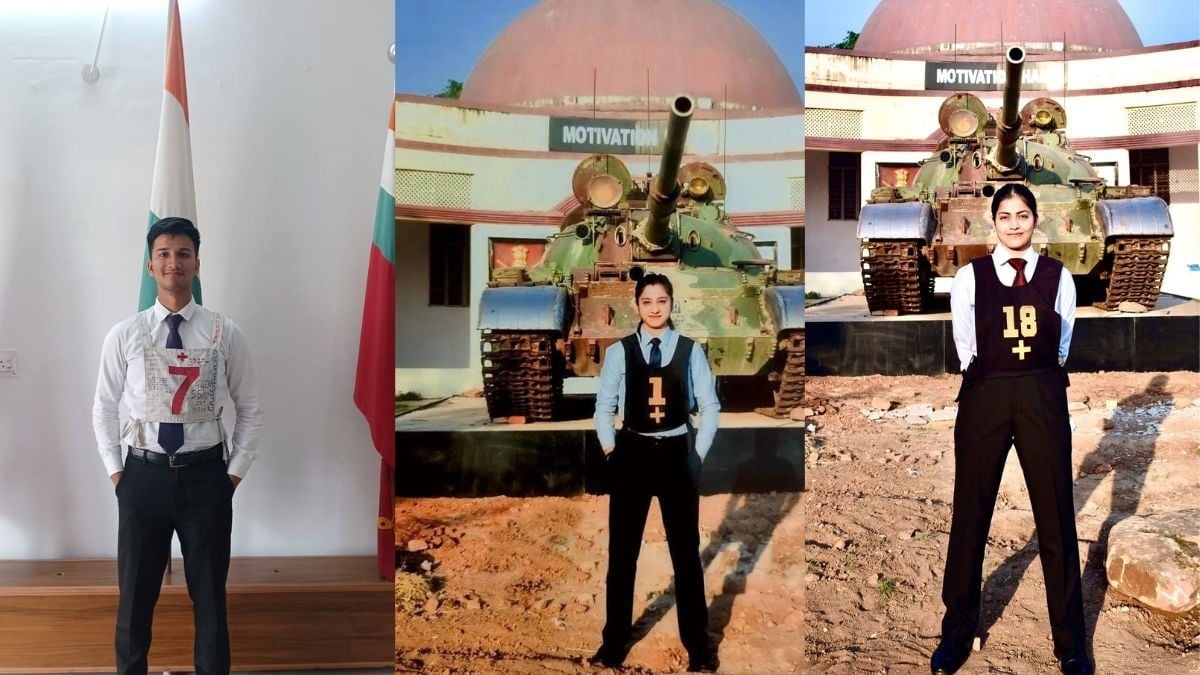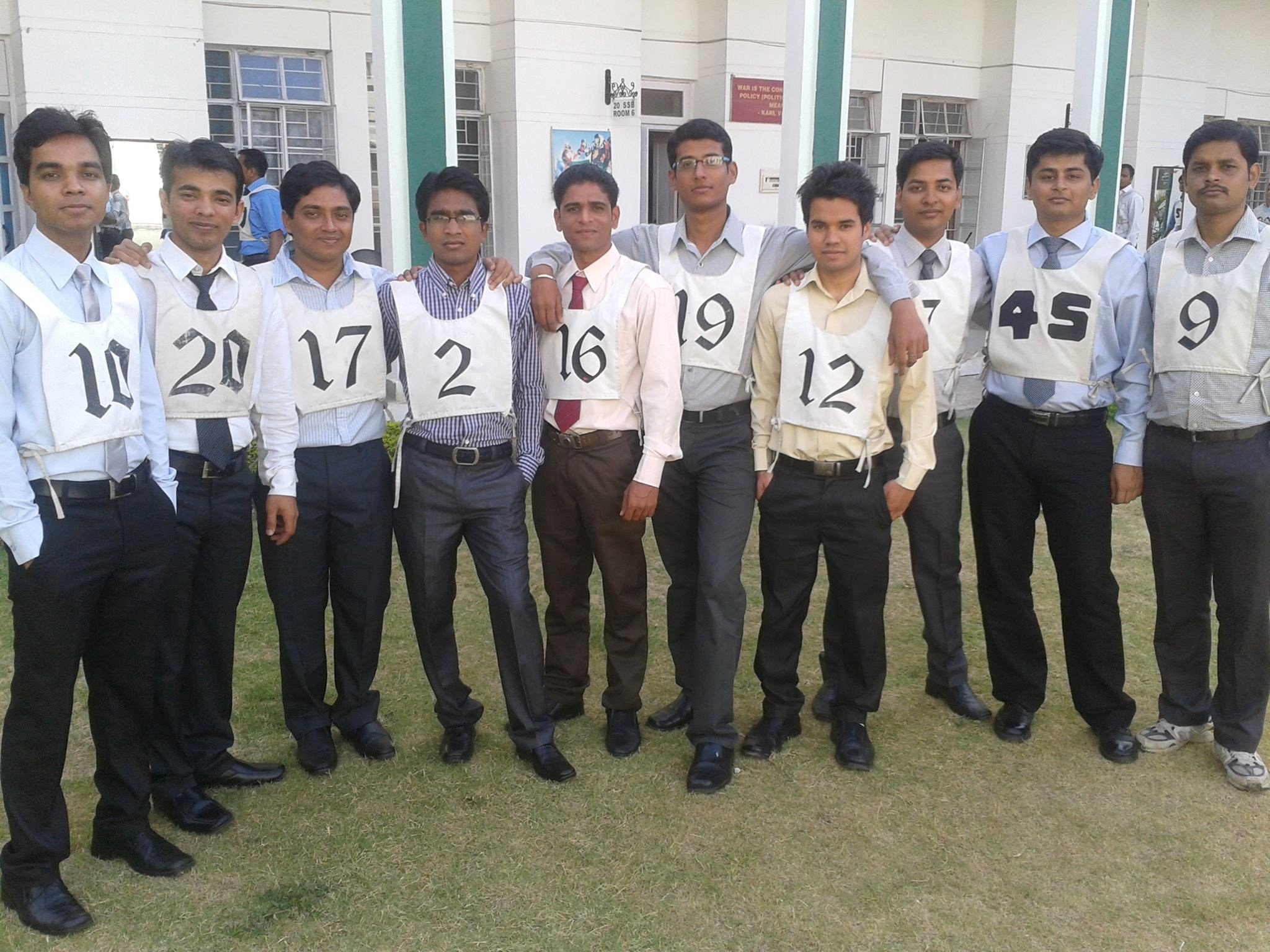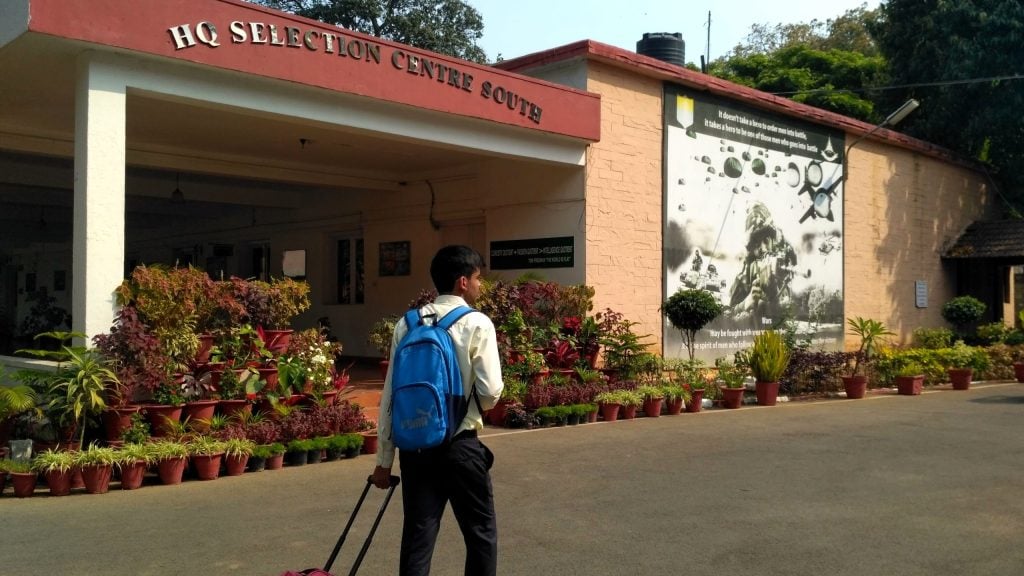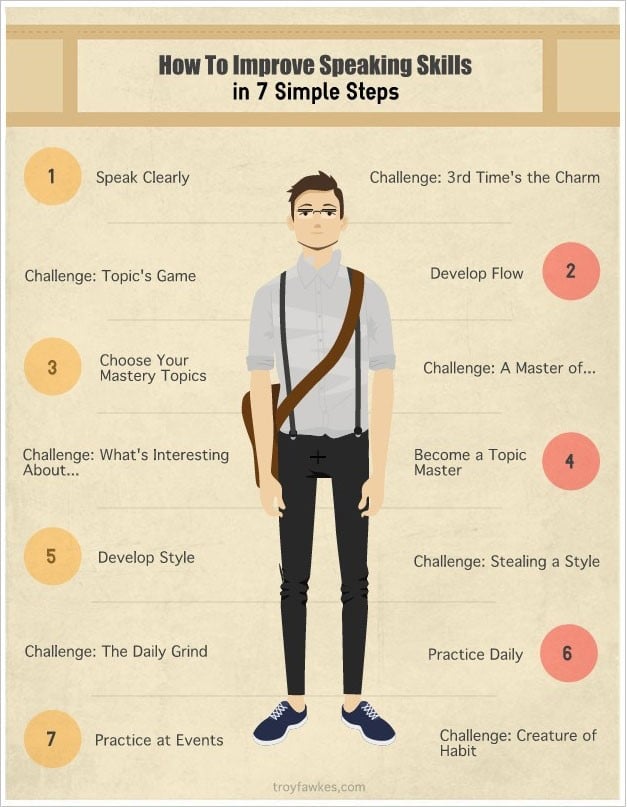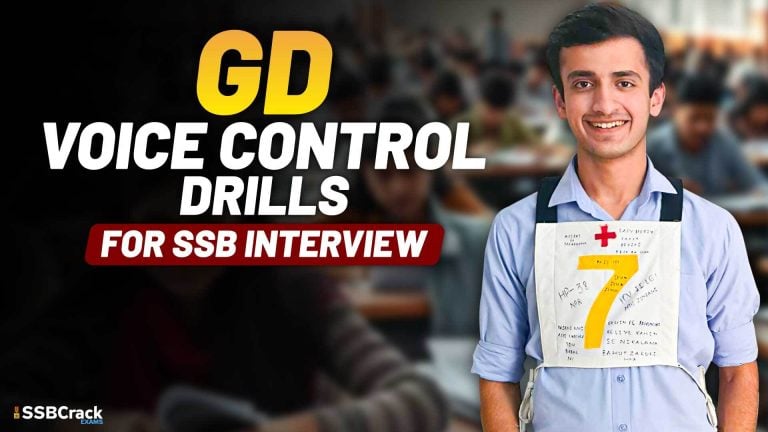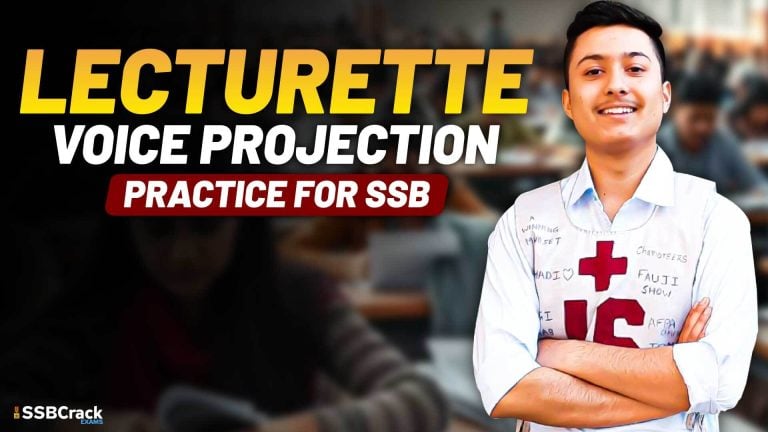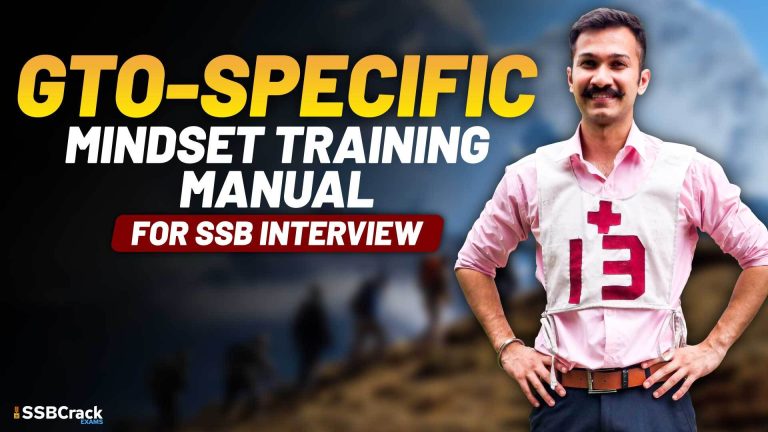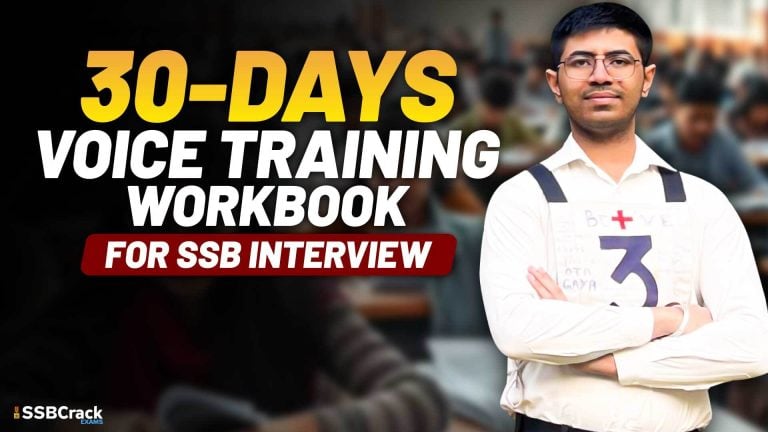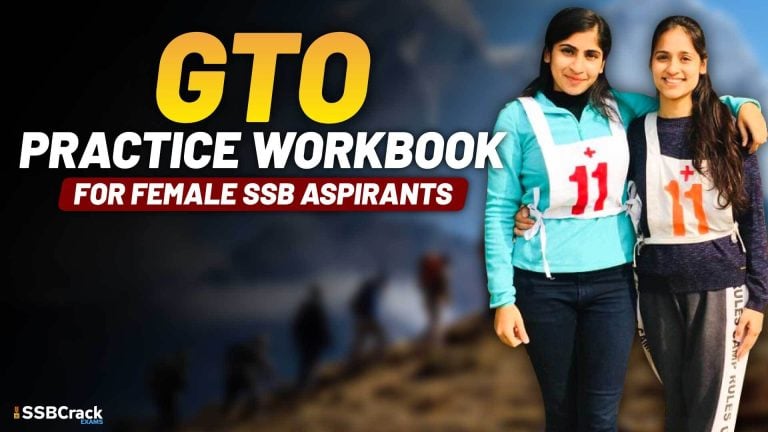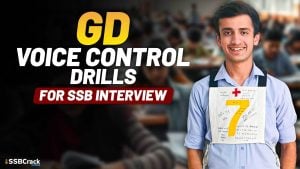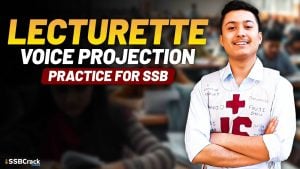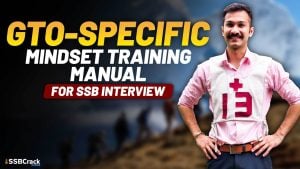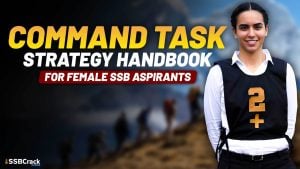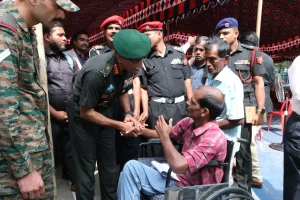The screening test is a critical first hurdle that aspiring candidates must overcome to progress in the rigorous SSB (Service Selection Board) interview process for entry into the prestigious Indian defence forces. This initial evaluation serves as a crucial gateway, separating those who possess the necessary aptitude and preparation from the rest. As the very first stage of the SSB schedule, the screening test is designed to be challenging, with a swift turnaround time for results.
Depending on the entry scheme, the number of candidates appearing for the screening test can vary significantly. For instance, NDA, CDS, and AFCAT batches typically face a smaller crowd, while TGC, SSC, and other entry routes see a mammoth number of applicants. Performing well in a large group setting can be daunting, but with the right strategies and techniques, candidates can maximize their chances of success.
In this comprehensive guide, we will delve into 7 proven tips and tricks that can help you navigate the screening test with confidence and secure your place for the subsequent stages of the SSB interview process. From mastering the art of PPDT and V-NV tests to developing effective communication skills, this article will equip you with the necessary tools to excel in the screening test and take a step closer to your dream of serving in the Indian defence forces.
Also Read | 8 Essential Body Language Tips for Radiating Confidence
Understand the Screening Test Structure
The screening test is a multifaceted assessment that evaluates a candidate’s overall aptitude, problem-solving abilities, and communication skills. It typically comprises the following components:
- Picture Perception and Description Test (PPDT): In this test, candidates are presented with a picture and asked to describe it, identify the characters, and narrate a story based on the visual cue.
- Verbal and Non-Verbal (V-NV) Tests: These tests assess a candidate’s verbal reasoning, logical thinking, and non-verbal skills through a series of questions and exercises.
- Group Discussion (GD): Candidates are divided into small groups to discuss a given topic, showcasing their ability to think critically, communicate effectively, and collaborate with others.
- Interview: The final stage of the screening test involves a one-on-one interview, where the candidate’s personality, motivation, and suitability for the defence services are evaluated.
It is crucial to understand the structure and objectives of each component of the screening test to develop a comprehensive preparation strategy.
Master the PPDT and V-NV Tests
The PPDT and V-NV tests are critical components of the screening test, and candidates must approach them with a strategic mindset.
Ace the PPDT
- Follow the Instructions Closely: Pay close attention to the officer’s instructions during the PPDT, as the SSB crew often looks for candidates who can follow directions precisely.
- Develop a Compelling Narrative: Craft a coherent and engaging story based on the picture, ensuring that it has a clear beginning, middle, and end.
- Utilize the Character Structures: Properly fill in the character details in the designated boxes, as this demonstrates your understanding of the visual cue and the ability to translate it into a narrative.
- Practice Confident Narration: Rehearse your story narration, maintaining eye contact with the evaluators and speaking clearly and confidently.
Conquer the V-NV Tests
- Avoid Rote Learning: Resist the temptation to rely on pre-learned answers from previous candidates. Instead, approach each question with an open mind and solve them independently.
- Leverage Your Logical Reasoning: The V-NV tests are designed to assess your cognitive abilities, so focus on applying logical thinking and problem-solving skills rather than memorization.
- Manage Your Time Effectively: Pace yourself during the tests, ensuring that you have sufficient time to complete all the questions without rushing.
- Familiarize Yourself with the Question Formats: Familiarize yourself with the various question types, such as verbal analogies, non-verbal reasoning, and spatial awareness, to enhance your preparedness.
Also Read | 12 Tips to Make a Lasting First Impression
Develop Effective Communication Skills
Strong communication skills are essential for success in the screening test, as they underpin your performance in the PPDT, group discussion, and interview.
- Practice Public Speaking: Regularly engage in public speaking exercises, such as delivering presentations or participating in debates, to build confidence and improve your ability to articulate your thoughts clearly.
- Enhance Your Listening Skills: Actively listen to the instructions and questions posed by the evaluators, as this will help you respond appropriately and demonstrate your attentiveness.
- Cultivate a Collaborative Mindset: Approach the group discussion with a cooperative attitude, actively listening to your peers and contributing constructively to the conversation.
- Maintain Composure: Remain calm and composed, even in the face of challenging questions or tense group dynamics. This will help you project a poised and confident persona.
Collaborate Effectively in the Group Discussion
The group discussion component of the screening test is designed to assess your ability to work collaboratively and contribute meaningfully to a team.
- Avoid Dominating the Conversation: Strike a balance between actively participating and allowing others to share their perspectives. Refrain from monopolizing the discussion.
- Listen Attentively and Respond Accordingly: Carefully listen to your peers’ ideas and build upon them, rather than simply pushing your own agenda.
- Manage Conflicts Constructively: If disagreements arise, address them in a diplomatic and respectful manner, focusing on finding common ground and reaching a consensus.
- Demonstrate Leadership Qualities: While avoiding overt dominance, take initiative when appropriate, offer creative solutions, and guide the discussion towards a productive outcome.
Craft a Compelling Narrative in the PPDT
The PPDT is a crucial component of the screening test, and your ability to craft a compelling narrative can make a significant difference in your performance.
- Understand the Picture: Carefully analyze the visual cue, identifying the key elements, characters, and potential storylines.
- Develop a Coherent Plot: Construct a well-structured story that has a clear beginning, middle, and end, with a logical flow of events.
- Incorporate Relevant Details: Seamlessly weave in the details provided in the character structures, demonstrating your attention to the instructions and your ability to integrate them into the narrative.
- Practice Engaging Narration: Rehearse your PPDT story narration, focusing on maintaining eye contact, modulating your tone and pace, and conveying the story with enthusiasm and confidence.
Maintain a Positive Mindset
The screening test can be a high-pressure situation, but adopting a positive and resilient mindset can greatly enhance your performance.
- Embrace the Challenge: Approach the screening test as an opportunity to showcase your abilities, rather than viewing it as a daunting obstacle.
- Stay Focused and Determined: Maintain a laser-sharp focus on the task at hand, and don’t let external distractions or self-doubt derail your efforts.
- Learn from Mistakes: If you encounter any setbacks or challenges during the screening test, view them as opportunities to learn and improve, rather than dwelling on them.
- Visualize Success: Engage in positive visualization exercises, imagining yourself successfully navigating each component of the screening test and moving forward in the SSB interview process.
Also Read | 7 SSB Interview Mistakes You Must Fix Instantly
Continuous Preparation and Practice
Consistent preparation and practice are the keys to excelling in the screening test and the subsequent stages of the SSB interview.
- Develop a Comprehensive Study Plan: Create a structured study plan that covers all the components of the screening test, allocating sufficient time for each area.
- Utilize Relevant Resources: Leverage a variety of resources, such as books, online materials, and expert guidance, to enhance your understanding and skill development.
- Engage in Mock Tests and Simulations: Regularly participate in practice sessions and mock tests to familiarize yourself with the test format, time constraints, and evaluation criteria.
- Seek Feedback and Incorporate Improvements: Solicit feedback from mentors, peers, or experienced candidates, and use their insights to refine your preparation and performance strategies.
By following these 7 tips and tricks, you can significantly enhance your chances of success in the screening test and pave the way for a successful journey through the rigorous SSB interview process. Remember, the screening test is just the first step, but with the right mindset, preparation, and execution, you can emerge victorious and take one step closer to realizing your dream of serving in the prestigious Indian defence forces.
FAQs
1. How to pass Screening Test in SSB interview?
The Screening Test at the SSB is an important step in your journey towards selection in the armed forces. By understanding the test’s purpose, mentally preparing, following instructions, practicing, and managing your time effectively, you can improve your chances of success.
2. How to qualify for the SSB Screening Test?
Excelling in the Day 1 Screening Test of the SSB interview demands practice, strategy, and confidence. By familiarizing yourself with the test format, sharpening your reasoning abilities, and practicing story writing and group discussions, you can greatly enhance your chances of success.
3. Is SSB screening tough?
Passing the SSB interview can be challenging, but it’s achievable with proper preparation. Students should prepare thoroughly by practicing answering questions in front of a mirror, with a friend, or a family member.
4. What happens in SSB screening test?
Once candidates finish the application, they must take a screening exam. The SSB evaluation includes the SSB OIR Officer Intelligence Test (OIR Test), the Picture Perception and Description Test (PPDT), and the Story Narration and Discussion Test.
5. What is a good score in SSB?
Out of a total of 225 marks, you need to score at least 90 to receive a “Yes” from either of the assessors. Scoring below 90 means a “No.”
